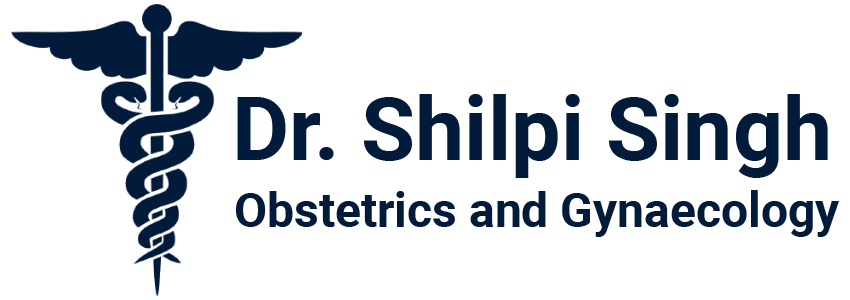Exploring the Benefits and Uses of Hysteroscopy in Women’s Health

Introduction
Advancements in medical technology have revolutionized the field of women’s health, allowing for more accurate diagnoses and less invasive treatment options. One such procedure that has gained prominence is hysteroscopy. In this blog, we will delve into the world of hysteroscopy, exploring its benefits, uses, and how it has transformed the landscape of women’s healthcare.
Understanding Hysteroscopy
Hysteroscopy is a procedure that involves the use of a hysteroscope, a thin, lighted instrument, to examine the inside of the uterus. By inserting the hysteroscope through the vagina and cervix, doctors can visualize the uterine lining and identify any abnormalities or conditions that may be causing symptoms or fertility issues.
Diagnostic Hysteroscopy: Shedding Light on the Unknown
Diagnostic hysteroscopy serves as a valuable tool for investigating and diagnosing various uterine conditions. Women experiencing abnormal bleeding, recurrent miscarriages, or infertility issues may benefit from this procedure. By obtaining a direct view of the uterus, doctors can identify the underlying causes and develop appropriate treatment plans. Additionally, during a diagnostic hysteroscopy, the doctor may collect samples of the uterine lining for further examination through an endometrial biopsy, aiding in the diagnosis of certain conditions.
Operative Hysteroscopy: Treating Abnormalities with Precision
Operative hysteroscopy takes hysteroscopy a step further by enabling doctors to not only diagnose but also treat certain uterine conditions. This procedure involves the use of specialized instruments that can remove uterine polyps, fibroids, adhesions, or correct structural abnormalities, such as a uterine septum. The advantage of operative hysteroscopy lies in its minimally invasive nature, as it avoids the need for open surgery, resulting in shorter recovery times and reduced postoperative discomfort.
The Benefits of Hysteroscopy
- Accurate Diagnosis: Hysteroscopy provides a direct visualization of the uterus, allowing doctors to accurately diagnose various conditions that may not be evident through other imaging techniques. This accuracy leads to more targeted and effective treatment plans.
- Minimally Invasive: Compared to traditional open surgery, hysteroscopy is a minimally invasive procedure. It requires smaller incisions or no incisions at all, reducing the risk of complications, minimizing scarring, and promoting faster recovery.
- Faster Recovery: As hysteroscopy avoids major incisions, the recovery time is generally shorter compared to open surgery. Many women can return to their normal activities within a few days, enabling them to resume their daily lives more quickly.
- Simultaneous Diagnosis and Treatment: Operative hysteroscopy allows doctors to address any detected abnormalities immediately. This simultaneous approach eliminates the need for additional procedures and streamlines the treatment process.
Conclusion
Hysteroscopy has emerged as a valuable tool in the realm of women’s health. With its ability to diagnose and treat various uterine conditions, it has revolutionized the field, offering more accurate diagnoses, minimally invasive procedures, faster recoveries, and streamlined treatments. By empowering doctors with a direct view of the uterus, hysteroscopy has significantly contributed to improved patient outcomes and overall quality of care.
If you are experiencing symptoms such as abnormal bleeding, recurrent miscarriages, or infertility issues, consult with a healthcare professional to determine if hysteroscopy is an appropriate option for you. Remember, every individual is unique, and it’s crucial to discuss your specific situation with a qualified medical practitioner.
Hysteroscopy exemplifies the marvels of medical advancements, showcasing the power of technology in transforming women’s healthcare for the better.
